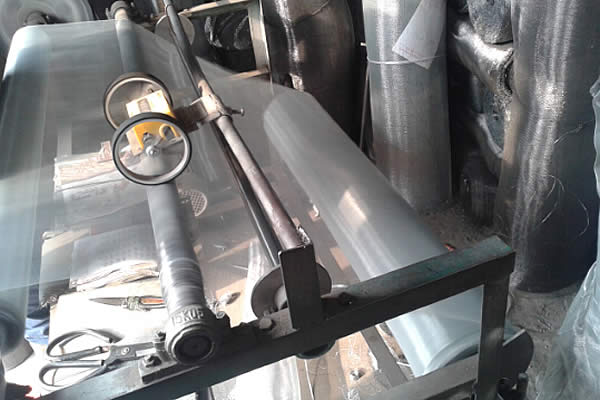 TEL:
+86-13102802206
TEL:
+86-13102802206
 Email:
fencenetting@china.com
Email:
fencenetting@china.com
 Language
Language
 TEL:
+86-13102802206
TEL:
+86-13102802206
 Email:
fencenetting@china.com
Email:
fencenetting@china.com
 Language
Language


Understanding the Concept of Temp Gates
In an increasingly interconnected world, the efficiency of data transmission and security has become paramount. Among the various technologies and practices used to manage data flow and security, temp gates emerge as an interesting concept worth exploring. The term temp gate can refer to a myriad of contexts depending on the application—ranging from temporary access control measures in cybersecurity to physical gates controlling access to restricted areas. This article aims to delve into the implications, methodologies, and significance of temp gates in various fields.
Defining Temp Gates
At its core, a temp gate serves as a temporary barrier used for regulating access or controlling the flow of information. In cybersecurity, it can denote tools and methodologies specifically designed to create temporary access permissions to systems or data. This may be necessary during specific operational windows—such as software testing phases, audits, or controlled experiments—where unrestricted access could result in vulnerabilities or security breaches.
On the physical side, temp gates seek to address logistical challenges in environments requiring heightened security. These barriers can be installed temporarily at event venues, construction sites, or areas experiencing heightened security threats, ensuring that only authorized personnel can gain entry.
Importance in Cybersecurity
The significance of temp gates in cybersecurity cannot be overstated
. In an era characterized by frequent data breaches and cyber attacks, organizations must be agile in their approach to security. Temp gates provide a flexible solution for managing user access without compromising the integrity of sensitive data. By implementing time-bound access to specific data repositories or systems, organizations reduce the risk of unauthorized data manipulation while ensuring that legitimate users have the access they need.
For instance, in the context of cloud computing, temp gates can regulate access by creating user accounts that expire after a defined period. This not only protects against potential misuse but also simplifies the process of managing user permissions in an agile development environment, where teams may change frequently.
Applications in Physical Security
In the realm of physical security, temp gates play a pivotal role in managing crowds and controlling access to various facilities. Temporary gates can be seen at large events like concerts or sports games, where managing the flow of attendees is crucial for safety and logistical reasons. They help streamline entry processes, ensuring that only ticket holders can access the venue while preventing overcrowding and potential hazards.
Moreover, during instances of heightened security threats—such as high-profile events or political gatherings—temp gates can be deployed rapidly to create secure perimeters. In these scenarios, they serve as an immediate solution to safeguard people and property without the need for permanent installations, which can be cost-prohibitive and time-consuming.
Future Trends
Looking ahead, the concept of temp gates is likely to evolve with advancements in technology. The integration of artificial intelligence and machine learning could enhance the operation of digital temp gates, enabling more sophisticated analytics and monitoring of user behaviors in real time. On the physical front, innovations in materials and design may lead to lighter, more efficient temporary barriers that can be deployed rapidly and with minimal manpower.
In conclusion, temp gates represent a versatile and necessary solution in both digital and physical domains, addressing issues of security and accessibility in a dynamic manner. As threats—both cyber and physical—continue to evolve, the importance of adaptable security measures like temp gates will only increase, ensuring that organizations can not only respond to immediate challenges but also lay the groundwork for safer futures. It is essential for businesses and operational entities to stay vigilant and proactive in utilizing such measures to protect their assets and safeguard their environments.